Understanding DiPT: A Comprehensive Overview
What is DiPT?
DiPT, scientifically known as N,N-diisopropyltryptamine, is a research chemical belonging to the tryptamine class. It is a modified derivative of tryptamine, featuring two isopropyl groups attached to the amine nitrogen. Researchers and scientists interested in psychoactive substances and their effects on the central nervous system have shown significant interest in DiPT due to its unique properties and potential applications in scientific studies.
How Does DiPT Work?
DiPT interacts primarily with serotonin receptors in the brain, including 5-HT1A, 5-HT2A, and 5-HT2C. These receptors play crucial roles in mood, perception, and cognition. By studying these interactions, scientists aim to better understand neural circuits, brain activity, and potential therapeutic applications.
Research on DiPT focuses on its unique pharmacological properties, which distinguish it from other tryptamines. For example, DiPT is particularly noted for its effects on auditory perception, making it a novel tool for auditory research and the exploration of altered states of consciousness.
Learn more about research chemicals like DiPT here.
The Origin of DiPT
DiPT was first synthesized by Alexander Shulgin, a pioneer in the study of psychoactive compounds, during the mid-20th century. Shulgin’s exploration of various tryptamines, including DiPT, highlighted its distinct chemical structure and unique effects. The incorporation of two isopropyl groups into the tryptamine backbone gives DiPT its distinct auditory-altering properties, which differ from those of traditional psychedelics.
Research into its pharmacology has focused on its interactions with serotonin receptors, particularly 5-HT2A, which are involved in regulating perception and mood. DiPT has garnered attention for its novel auditory effects, which continue to be a topic of interest in both neuroscience and psychology.
Discover more about the origins of DiPT on our site.
Auditory Effects of DiPT
DiPT is often referred to as the “auditory tryptamine” because of its profound effects on sound perception. Researchers studying this compound have reported unique alterations in pitch, sound quality, and auditory distortions. These effects make DiPT particularly intriguing for investigations into how the brain processes sound and auditory stimuli.
Key Features of DiPT’s Auditory Effects:
- Changes in pitch perception.
- Distorted sound quality.
- Unique auditory hallucinations compared to visual or tactile effects of other tryptamines.
Explore related compounds for auditory research here.
Research Potential of DiPT
DiPT’s distinct properties open doors to various areas of research, including:
- Neuroscience: Understanding neural pathways and the mechanisms underlying altered states of consciousness.
- Pharmacology: Investigating DiPT’s interaction with serotonin receptors and other neurotransmitter systems.
- Psychology: Exploring its potential therapeutic applications for mood and perception disorders.
As a rare compound, DiPT fumarate is often sought by researchers for its unique profile and the potential to provide new insights into brain function.
Order DiPT Fumarate now from Medeus Research Chem.
Molecular Structure of DiPT
- Molecular Formula: C16H24N2
- Molar Mass: 244.38 g/mol
- Structure: Tryptamine backbone with two isopropyl groups attached to the nitrogen atoms.
Understanding its molecular structure is essential for researchers aiming to study its interactions with the brain’s neurotransmitter systems.
Dosage and Administration
Guidelines for Safe Research:
- Start with low doses (10-20 mg) to assess sensitivity.
- Gradually increase doses based on research goals, while adhering to safety protocols.
- Consult scientific literature for dosing specifics.
Always handle DiPT fumarate in a controlled environment, using proper protective equipment and following laboratory protocols.
Purchase high-quality research-grade DiPT here.
Safety Precautions
When handling DiPT, researchers should:
- Use personal protective equipment (PPE).
- Work in a well-ventilated laboratory.
- Follow ethical guidelines and ensure compliance with local regulations.
Visit our site for safety tips and guidelines.







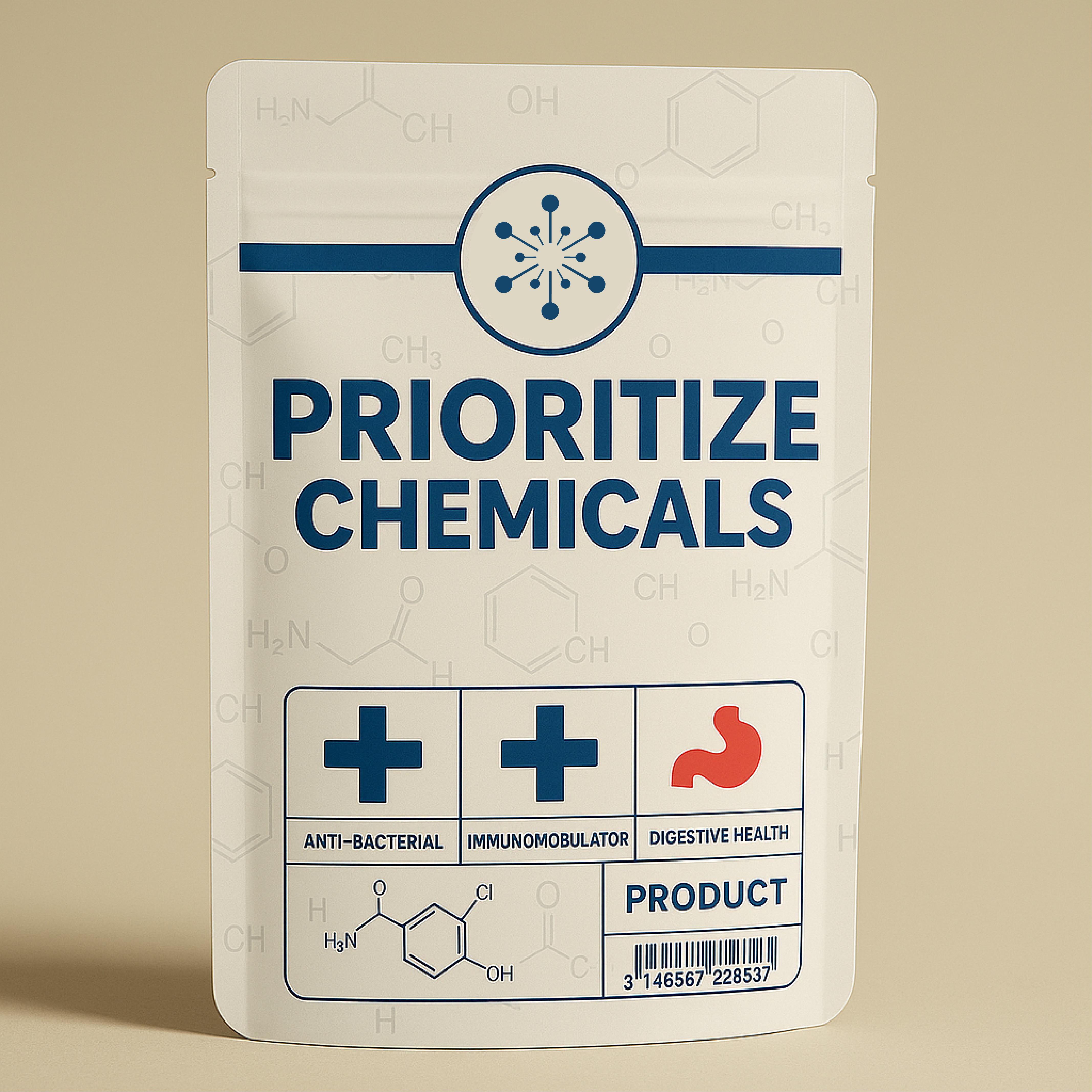
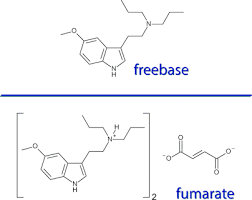



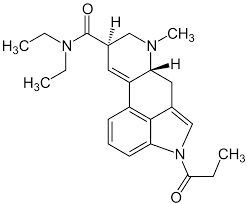

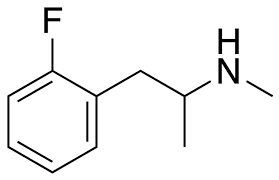
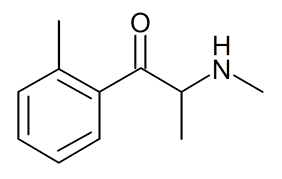
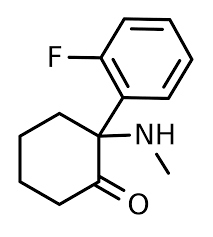

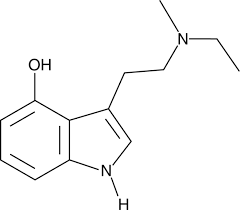










Reviews
There are no reviews yet.